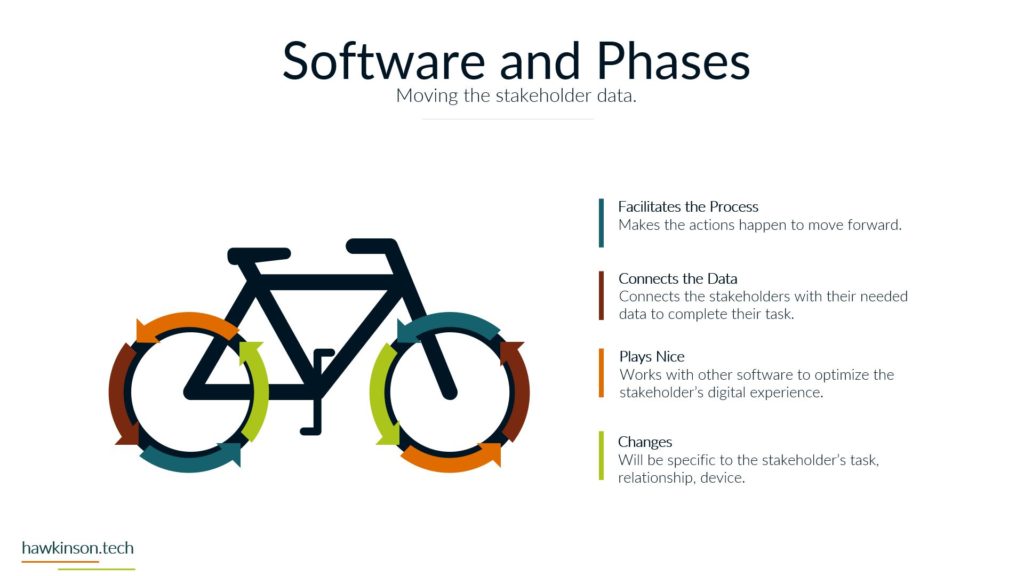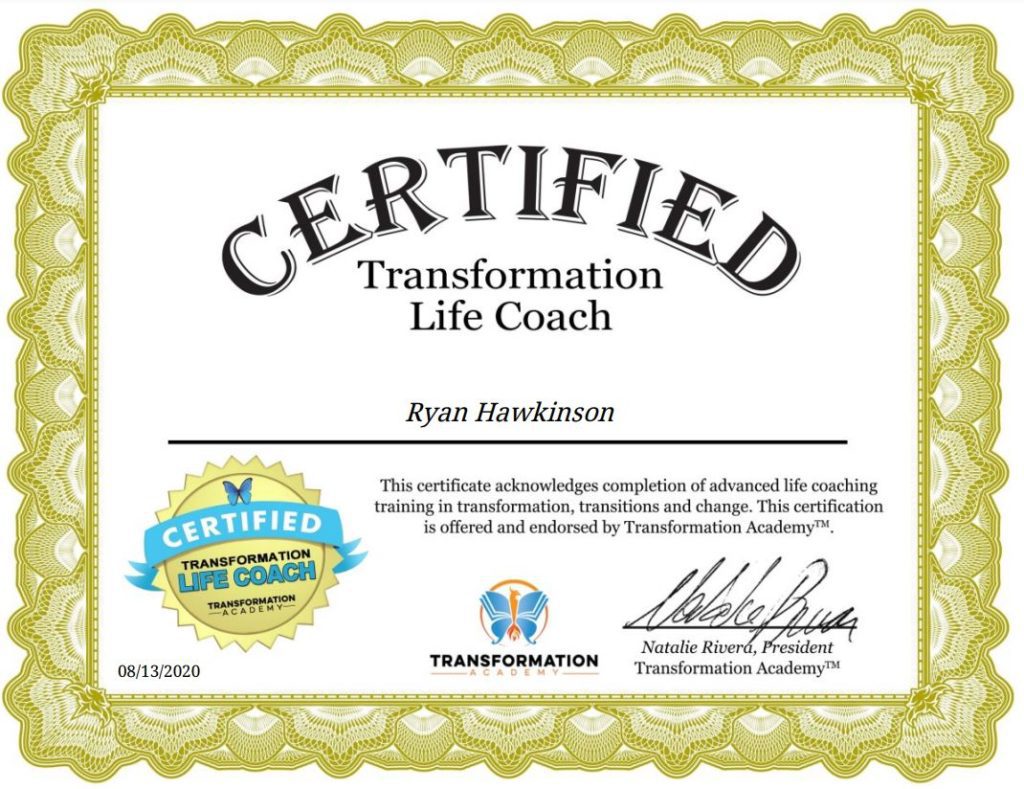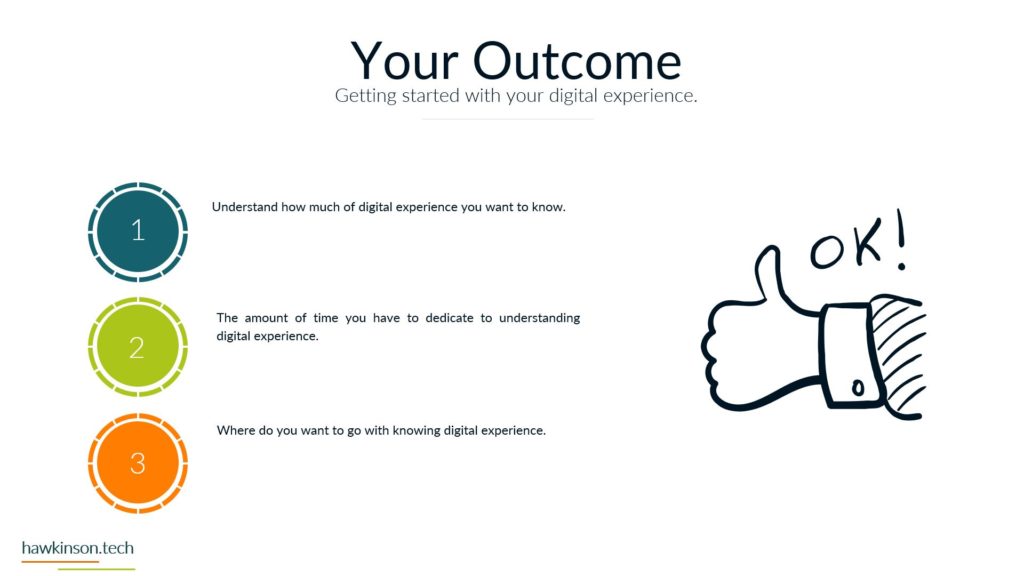SiteGround is one of the highest-rated hosting companies in the WordPress community. It offers special internal WordPress performance and security solutions to keep your site swift, safe, and feasible. SiteGround is an authorized “WordPress” suggested hosting provider renowned for offering the greatest 24/7 assistance.
Key features
Speed
All SiteGround servers have been highly tuned for efficiency. For all new clients, they use the Google Cloud platform – the most efficient platform available.
Excellent Customer Support
SiteGround’s customer service is outstanding. It provides live chat, ticket-based assistance, and phone support around-the-clock.
Hosting in the cloud
Cloud hosting packages offer a versatile improvement to shared hosting. It enables you to access cloud architecture assets like bandwidth and numerous CPU cores. It is appropriate for expanding websites, well-known blogs, or companies.
Other features
- Free CDN and SSL backups
- Free website migration
- Fast PHP
- WooCommerce hosting
- WordPress Hosting
- Moneyback guarantee






























